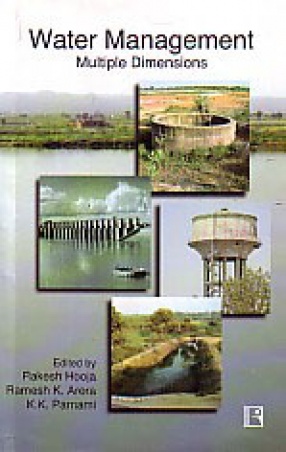
Rakesh Hooja

Showing all 14 books

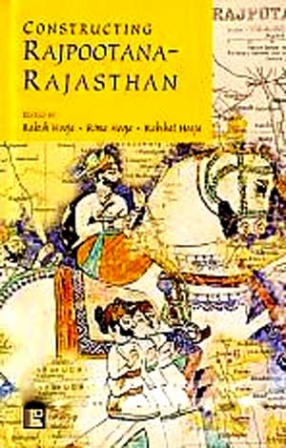

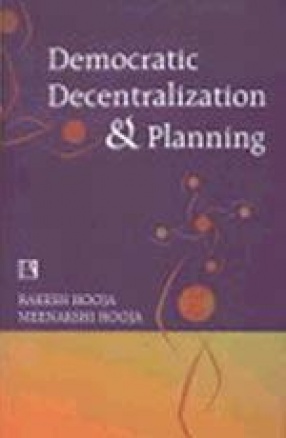

An anthology of over 15 analytical and reflective essays and articles by leading experts from all over India, this book discusses the various facets and dimensions – sociological, economical, environmental, institutional, technical and administrative – of water management, with examples, illustrations and case studies from the Indian context. Long term water demand, water savings and conservation, community participation in management of water ...
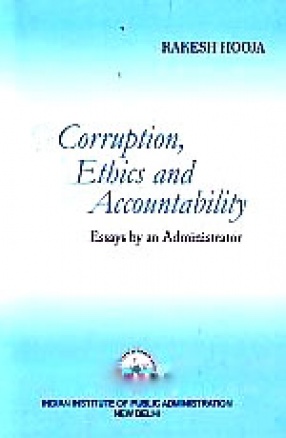

A land of colours and festivals, a land where tradition and modernity live side by side, a land with a history that is symbolized by images of velour, sacrifices and battles, a land that is the birthplace of grassroots democracy in India, a land dotted with beautiful and breathtaking palaces and forts, a land that is the most densely populated desert in the world and the largest state in India, Rajasthan is all this and more. Earlier known as Rajpootana, the ...

The book reviews in an interdisciplinary manner internationally available literature on settlement theory and management of irrigation and Command Area Development projects. It then undertakes an in-depth analysis of the Indira Gandhi Canal (formerly Rajasthan Canal) Project which involves not only massive agro-irrigational works and efforts, but also infrastructural area development and the transformation of demographic conditions in its command area. Problems ...

Water sector reforms are underway in many countries of the world today. Mexico, Turkey and Philippines are some of the countries where the concept of Participatory Irrigation Management (PIM) has been tried and tested. In India, Andhra Pradesh is the first state to have gone in with the "big bang" approach of uniform and simultaneous introduction of PIM throughout the state. Today, the Andhra Pradesh model is being watched with great interest and is ...

Life in arid desert lands is a perpetual struggle where consequences of lack of proper resource management can be very grave. Each generation has to adapt to desert life. While modern science and technology has opened up new possibilities, the abandoning of traditional and time-tested practices and social organizations can be fraught with dangers. The articles of this volume, put under five broad sections--the human resource, land use and land-based activities, ...
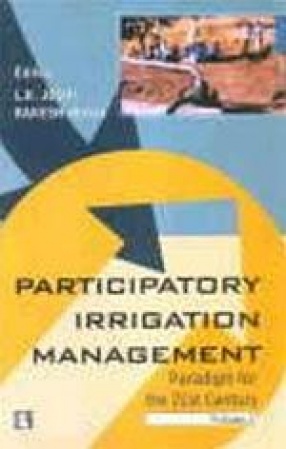
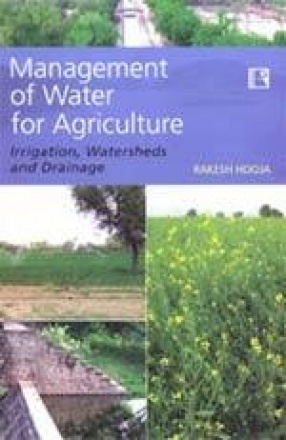
In this book, the author develops a structured analytical approach to water resources management/administration at the local level and weaves it together with related developments –some planned, others de facto –at other levels of public administration and policy formation. Above all, it is the author’s ample vision of past, present and future initiatives in the management of water for agriculture that provides sound credibility to his innovative ...
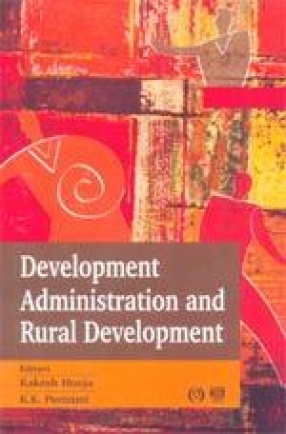
Rakesh Hooja, a development administrator, well known for his analytical writings on development administration and rural development, and his colleague, K.K. Parnami, have compiled the present volume, with contributors like T.N. Chaturvedi, M.S. Swaminathan, Donald Curtis and J.R. Watson, Richard A. Tom, R. Nickson, Ramesh K. Arora, R.K. Sapru, Mohammad Mohabbat Khan, Rakesh Hooja, .P. Ranga Rao, M.L. Mehta, B. Yerram raju and Sudesh K. Sharma. The papers ...

For almost 50 years since 1959, India has been striving to make decentralized democracy more meaningful and effective. Efforts at vitalizing development administration and at more relevant and efficacious district and decentralized planning have been underway since independence. The authors have highlighted various aspects and issues, touched upon successes and failures, and commented upon the evolution of concepts and described what has been happening in actual ...
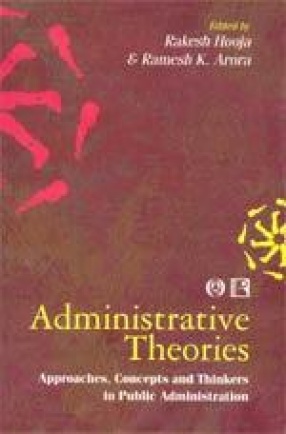
Administrative Theory has been an exciting area of the wider field of public Administration. There have been a number of significant approaches, models, foci and theories that represent and explain administrative phenomena in myriad situations, nations and times. Although most of these conceptual constructs in the field of Public Administration have evolved in the west, particularly in the United States of America, these have been modified and modernized on the ...
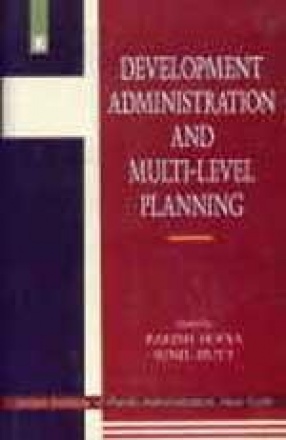
Multilevel planning as an approach assigns the task of planning for the development and optimal utilization of resources to the local agencies or units of administration and thus creates intermediary levels between the centre, states and local units. The essays in this book focus upon multilevel planning as a technique, methodology and strategy for development administration and identify the process that went into evolution of multilevel planning as a cogent ...

Foreword. Introduction. 1. The collector, today and tomorrow/P.K. Dave. 2. The emerging role of the collector/M.P. Pai. 3. District officer in India: agent for change/Edwin Eames and Parmatama Saran. 4. District and state administration: a new leadership role for the IAS/G.C. Singhvi. 5. Administering a district in India: reviewing collector's institution/D.S. Mishra. 6. Whither district government?/Abhijit Datta. 7. The changing role of the district officer ...
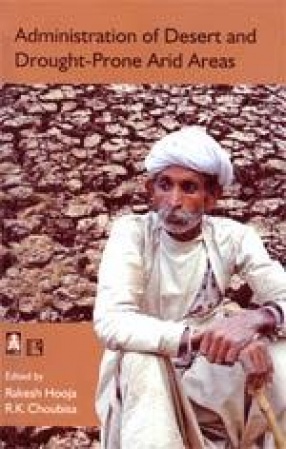
This development of desert areas, administration of drought -prone regions, arid zone agriculture, watershed development and 'watershed plus', water use in arid and semi-arid areas, coping with drought –these are all of the vital importance for the rainfed or dry farming areas in the country. Their administration provides a special challenge as well as an exciting opportunity for innovative sustainable development. From scientific and planed approaches to ...
